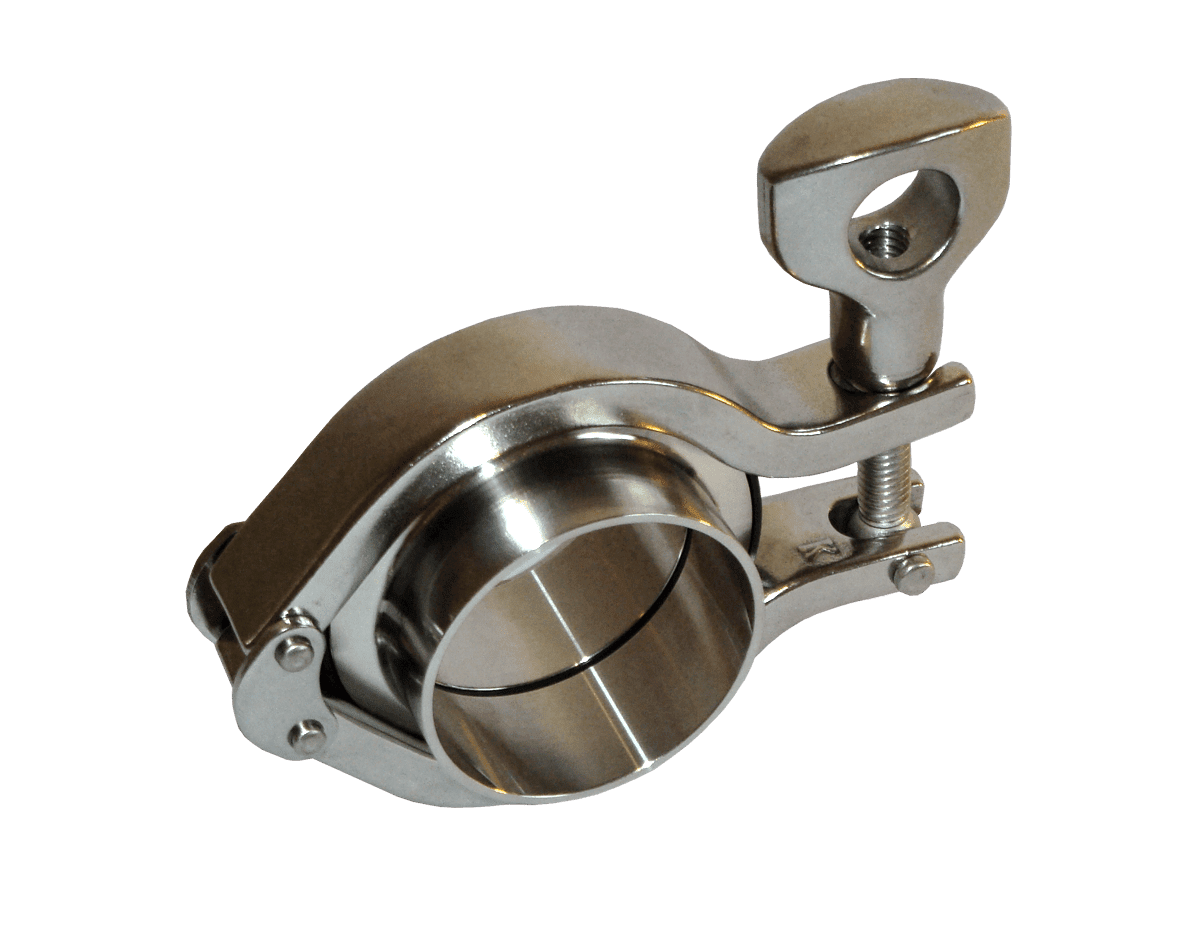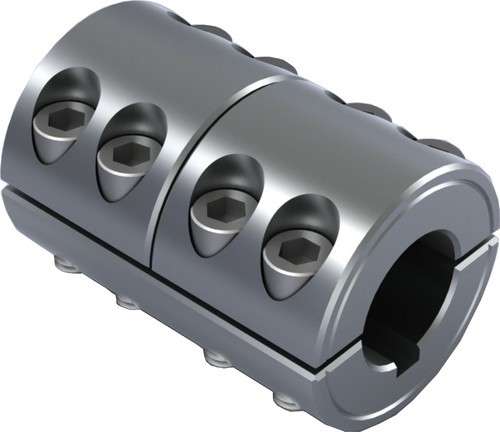Clamp coupling Vs Muff coupling – Difference
Clamp coupling is a form of mechanical seal where the parts are placed in close proximity to each other and then clamped together. This creates friction between them which is strong enough to hold them together.
Clamp coupling is a method of joining two parts together by means of mechanical force. It involves the use of bolt-on components, usually formed from two circular plates that are pressed together by pressure inside the clamping area. The material used for these components is commonly steel, but can also be cast iron or aluminum.
The basic principle of clamp coupling is that it works by using compression to force the parts together until they become tight. Clamping elements can be formed in many ways, depending on the specific application, but they all share one common feature – there is a gap between the two surfaces to which the parts are being joined. The friction between these surfaces causes the clamps to squeeze them together against their own resistance (a lot like trying to pull apart a pair of rubber gloves). Once this happens, there will be no space for any more movement, making it impossible for the parts to move further away from each other.
Clamp Coupling
Muff coupling is also known as a universal joint. It consists of two parts that are connected by means of an interlocking yoke or collar and connecting pins that slide into slots on both parts. Muff couplings are more commonly used for industrial applications than clamp couplings because they require less maintenance and produce less noise than screw-type joints.
Muff coupling is a mechanical device that transfers power from one shaft to another without using gears or belts. It consists of two bearings and the shafts are connected with a coupler.
The power transfer is by means of internal friction between the shafts, which causes them to rotate at different speeds but in the same direction. This provides for a smooth, constant speed transmission with no backlash or side loads on either bearing.
Muff couplings are also known as yoke couplings, hub couplings, nut-to-nut couplings, etc.
Muff Coupling; Image Source: Click Here
They are also found in many other applications like automobile suspensions, ship propellers, and cranes among others.
Clamp coupling is a type of coupling which uses an elastomeric or hydraulic seal to join two parts together. The most common applications are used in pressure vessels and other rotating components such as gears, shafts, pumps, turbines, etc.
Both types of couplings can be made from metal, rubber, or plastic depending on the application.
Both forms have high pressure and low-pressure seals for safe operation in harsh environments.
The clamp coupling has 3 important parts – 1) seal/coupling (a metal ring), 2) linkages (metal bars), 3) spring (air or oil).
The muff coupling has only one part – 1) spring (air or oil). In both cases, the spring provides safety against overpressure and sudden loss of lubricant.
In the case of vehicles, muff couplings are mainly used in heavy-duty trucks and tractors.




